Wanderlust and Imperialism
Wanderlust and Imperialism
Travel photography is the fascination with exploring the world in the form of images. Tourist discovery of the world and its commercialization was at the same time linked to violent imperial conquest and the "acquisition" of colonies.
Industrialization and globalization transformed the world in the 19th century. Everything in this age was growing: the exchange of people and goods between continents increased steadily. At the same time, archives, libraries and museums were created. Photography, invented in 1839, offered itself as an ideal medium of memory of a historical self-location. Ships enabled the world to become increasingly interconnected. At the end of the 19th century, seafaring expanded: in addition to sailing ships, more and more steam-powered ships crossed the seas, making journey times more reliable and predictable. Steam navigation thus created the conditions for a hitherto unparalleled flourishing of trade. In the century of nation-statehood, imperialism and capitalism, colonies served the western world powers as sales markets and suppliers of raw materials. The exploitation of human labour was the backbone of the economic profitof the colonial powers.
The German Empire belatedly entered the competition of colonial powers in the 1880s and sought "its place in the sun" (as State Secretary of Foreign Affairs Bernhard von Bülow said in 1897). Imperial Chancellor Bismarck was initially a colonial sceptic for economic reasons, while the young Kaiser Wilhelm II, immediately after his coronation in 1888, strove to establish the German Empire as a maritime and great power. For the marine enthusiast Wilhelm II, the ship served not only as a means for his military great power fantasies, but also to satisfy his desire for research and education. Scientific expeditions to the North and South Poles accompanied the turn of the 20th century, as did cruises in the Emperor's footsteps to Norwayor the "Orient". The ship combined imperial expansionism with wanderlust and education,and at the same time nourished the narrative of adventure that had always accompanied shipping.
Do you know more? Please send us your notes and comments.
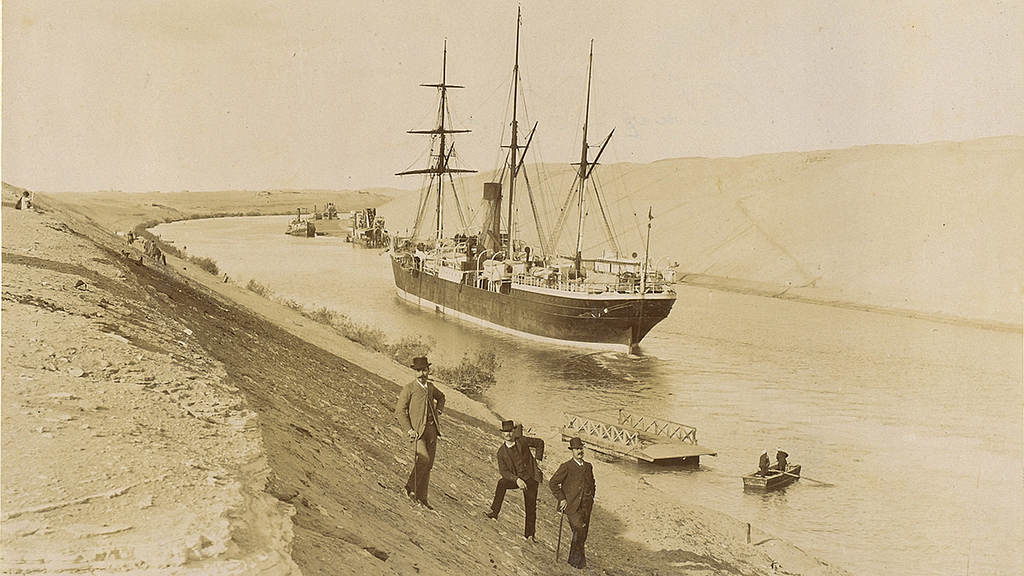
Unbekannter Fotograf: Suezkanal, in: Reise-Erinnerungen Afrika, 1895 © Archiv DSM
Name of the speaker: Michael Stephan-Hegner
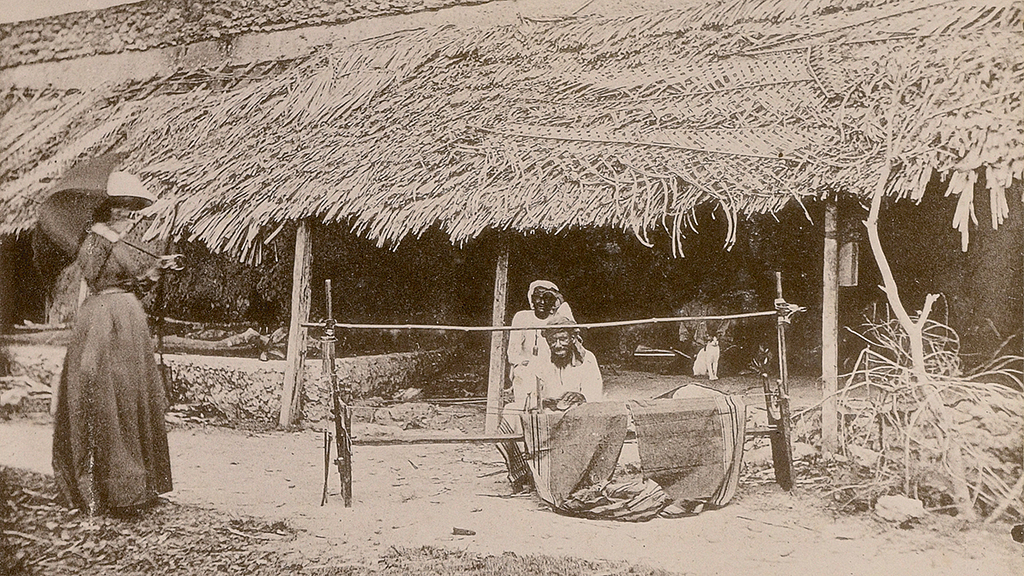
Unbekannter Fotograf: Araber am Webstuhl, in: Obermatrose E. Barnutz. Zur Erinnerung an meine Dienstzeit in Ost - Afrika an Bord der S.M.S. CAROLA, 1889 - 1891 © Archiv DSM
Name of the speaker: Vivian Koch
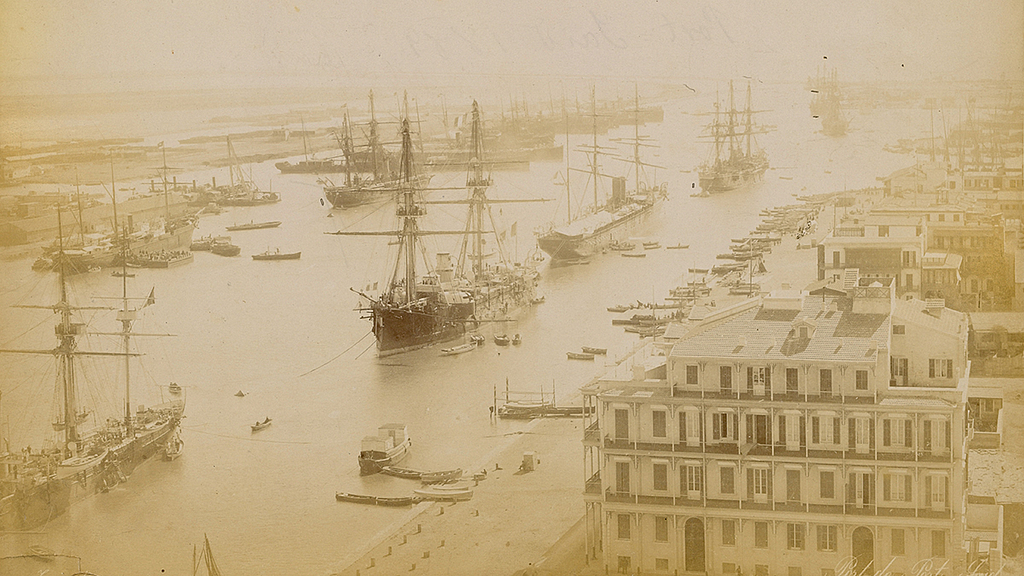
Unbekannter Fotograf: Deutsches Schulgeschwader im Hafen von Port Said, 1889, in: Obermatrose E. Barnutz. Zur Erinnerung an meine Dienstzeit in Ost - Afrika an Bord der S.M.S. CAROLA, 1889 - 1891 © Archiv DSM
Name of the speaker: Deike Reddig
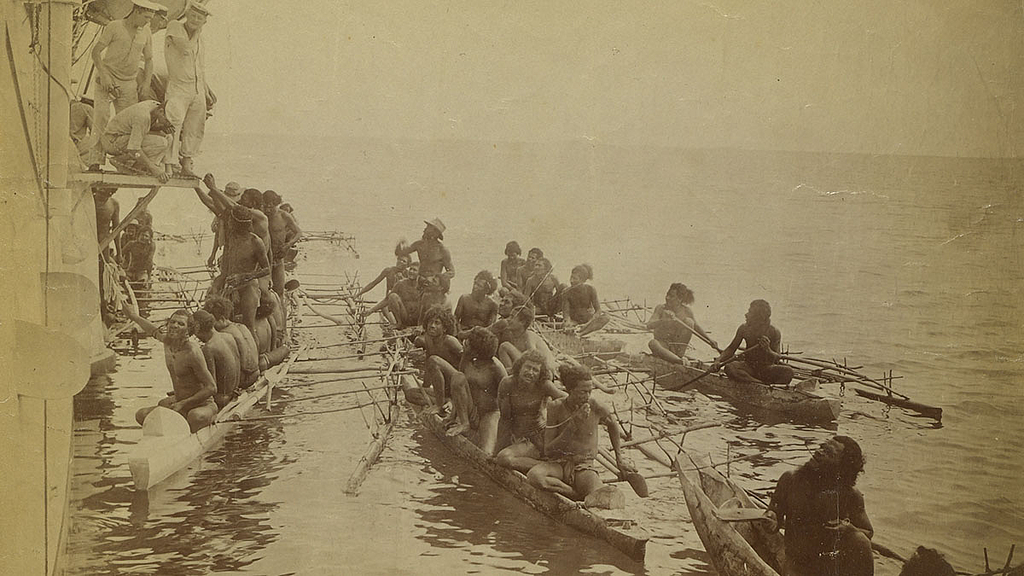
Unbekannter Fotograf: ohne Beschriftung in: Fotokonvolut: S.M.S. BUSSARD, 1895 - 1896 © Archiv DSM
Name of the speaker: Luik Folkerts
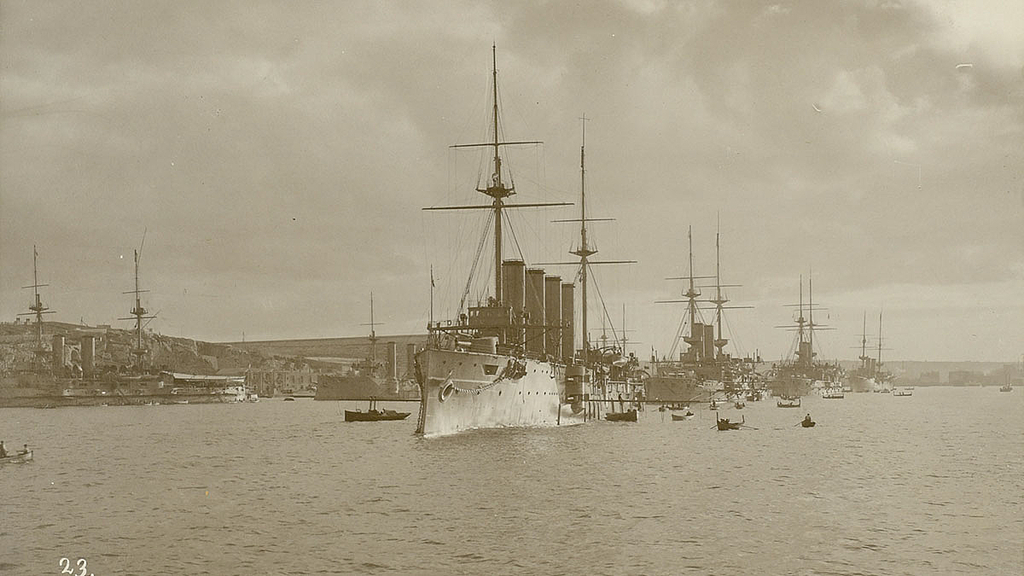
Unbekannter Fotograf: ohne Beschriftung, in: Erinnerungsblätter an die Reise im März 1905 an Bord der THERAPIA © Archiv DSM
Name of the speaker: Joscha Glanert
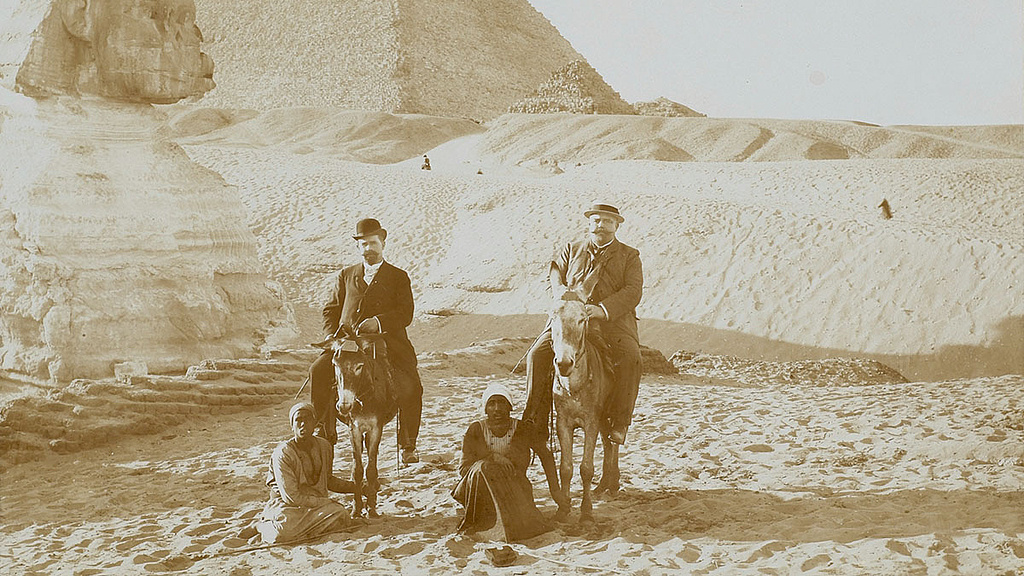
Unbekannter Fotograf: [Rückseite] Daniel als Wüstenreiter, in: Nachlaß Kapitän Daniel Steen, Fotokonvolut, DS STAMBUL, um 1900 © Archiv DSM
Name of the speaker: Luik Folkerts
zur Audiodatei
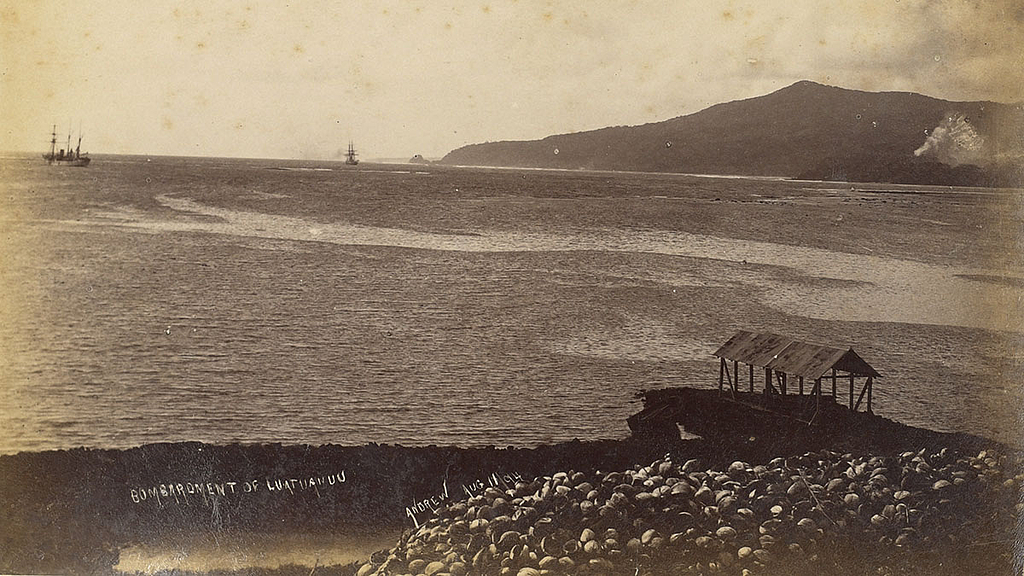
Thomas Andrew: Bombardement of Luatuanuu, in: Kleiner Kreuzer S.M.S. BUSSARD in Samoa, 1895 - 1897 © Archiv DSM
Name of the speaker: Anton Rendigs
zur Audiodatei
